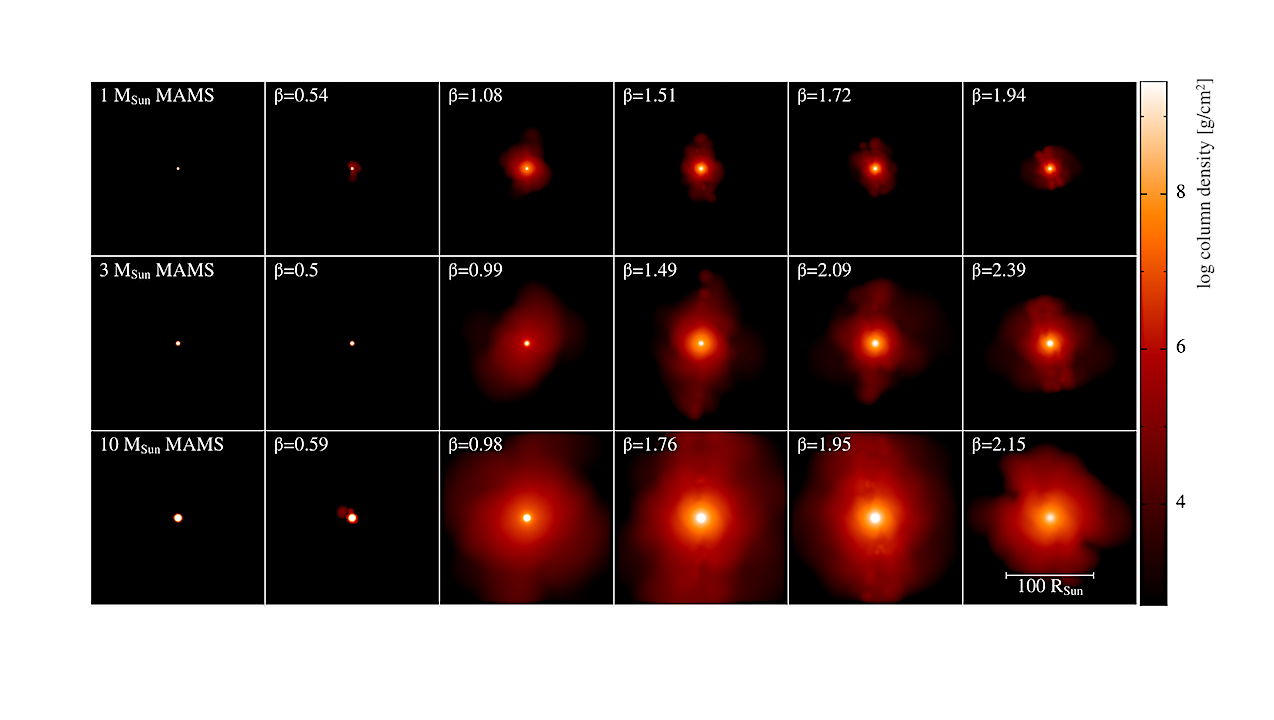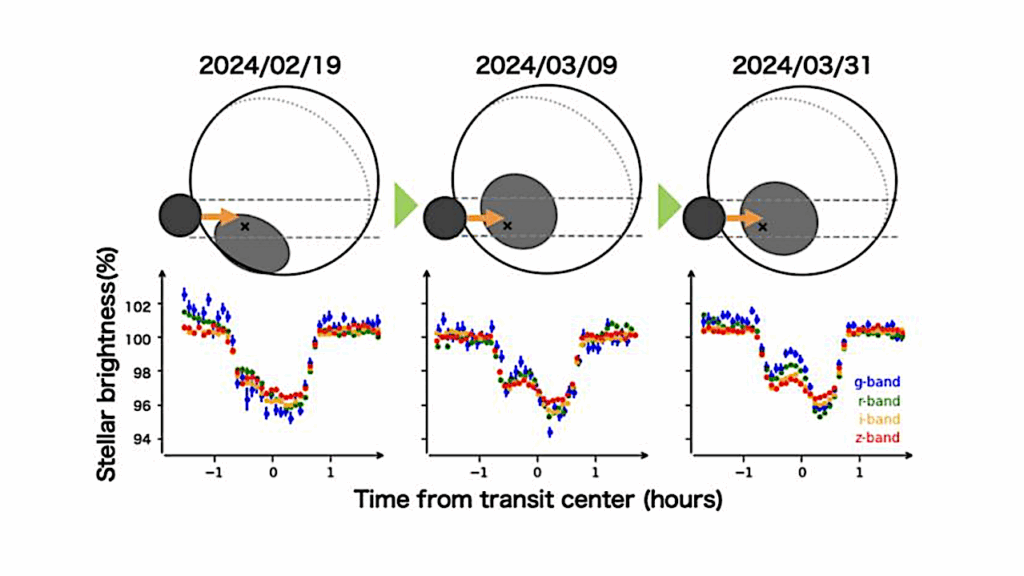Partial Tidal Disruption Events: The Elixir Of Life

In our Galactic Center, about 10,000 to 100,000 stars are estimated to have survived tidal disruption events, resulting in partially disrupted remnants.
These events occur when a supermassive black hole (SMBH) tidally interacts with a star, but not enough to completely disrupt the star. We use the 1D stellar evolution code Kepler and the 3D smoothed particle hydrodynamics code Phantom to model the tidal disruption of 1, 3, and 10 solar mass stars at zero-age (ZAMS), middle-age (MAMS), and terminal-age main-sequence (TAMS).
We map the disruption remnants into Kepler in order to understand their post-distribution evolution. We find distinct characteristics in the remnants, including increased radius, rapid core rotation, and differential rotation in the envelope. The remnants undergo composition mixing that affects their stellar evolution. Whereas the remnants formed by disruption of ZAMS models evolve similarly to unperturbed models of the same mass, for MAMS and TAMS stars, the remnants have higher luminosity and effective temperature.
Potential observational signatures include peculiarities in nitrogen and carbon abundances, higher luminosity, rapid rotation, faster evolution, and unique tracks in the Hertzsprung-Russell diagram
Megha Sharma (Monash University), Daniel J. Price (Monash University), Alexander Heger (Monash University)
Comments: 22 pages, 27 figures, submitted to MNRAS, comments welcome
Subjects: High Energy Astrophysical Phenomena (astro-ph.HE)
Cite as: arXiv:2403.04211 [astro-ph.HE] (or arXiv:2403.04211v1 [astro-ph.HE] for this version)
Submission history
From: Megha Sharma
[v1] Thu, 7 Mar 2024 04:28:13 UTC (10,253 KB)
https://arxiv.org/abs/2403.04211
Astrobiology,








